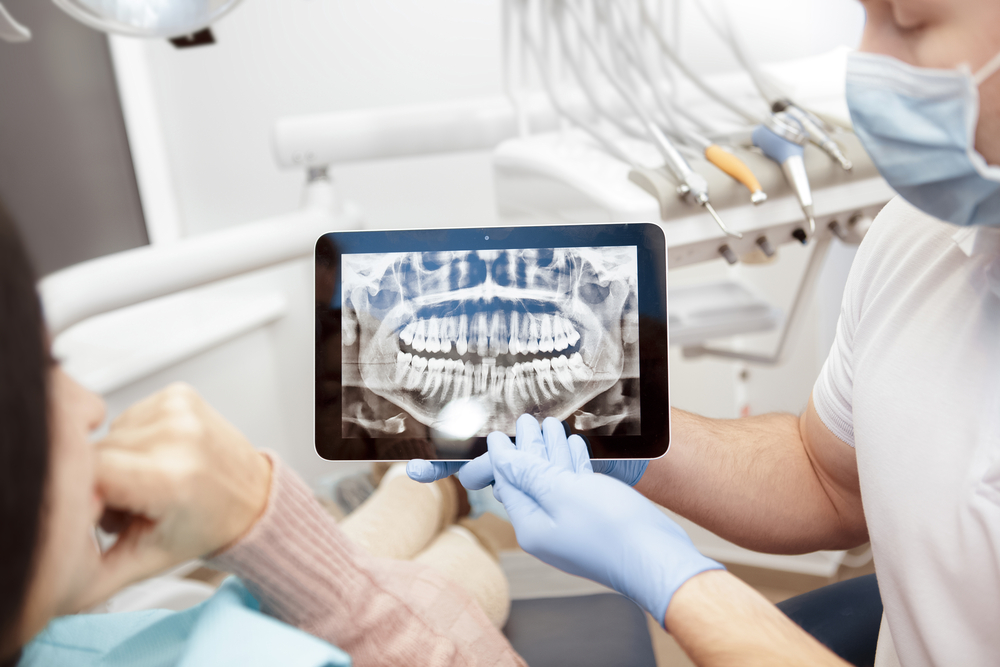Five advances in dental care that benefit patients and dentists
 Technology has certainly played a significant part in how the world has progressed. Change has been constant with the continued evolution of technology. Innovative systems in most, if not all, aspects of life have been permeated with technological advancements.
Technology has certainly played a significant part in how the world has progressed. Change has been constant with the continued evolution of technology. Innovative systems in most, if not all, aspects of life have been permeated with technological advancements.
The sphere of dentistry and all its related branches are not excluded from this widespread technological invasion. With new discoveries come improvements that greatly affect both dental caregivers and patients alike.
Some may contest the advantages that technology brings, but it cannot be denied that most people look forward to a promising future where dental dilemmas will be a thing of the past.
Here, we list down some of the advancements in dental care that both patients and providers benefit from.
1. Teledentistry
For the first time in 2018, telemedicine on dentistry or teledentistry is now included in the new Current Dental Terminology (CDT) developed and updated by the American Dental Association (ADA).
Teledentistry allows patients to access dental services through electronic or technological communication channels. This is an advantageous development especially for those in remote or nontraditional areas who need urgent dental care.
Similarly, dentists and other dental care providers can also attend to patients with mobility issues or those who are financially challenged.
2. Digital X-ray
Traditional radiographs are fast becoming extinct, as more and more dentists prefer to use digitised X-rays.
Faster and more efficient, this technology ditches film and uses an electronic sensor or phosphor plate instead to scan the inside of the mouth. After scanning, the image is relayed to a computer and can readily be viewed.
This gives the patient and the dentist more time to address the issue at hand, which also translates to efficient, and more cost-effective dental care. At the same time, exposure to radiation is also reduced for both parties.
Ongoing research and development in to more advanced diagnostic tools also include studies on ultrasound diagnostic imaging and toothbrush-like devices that scan the teeth for any cracks or carries too minute for X-rays to detect.
3. Lasers
Different kinds of lasers are used to detect and fix dental problems. The diode laser, for example, is a high-tech way of detecting and removing cavities.
Aside from this, lasers can also be used to reduce dental sensitivity by sealing dental tubules, curing teeth, and root canal system sterilisation. Compared to traditional dental drills, lasers can reduce the need for anaesthesia in certain instances, lessen anxiety and pain, and minimise the swelling and bleeding of the gums during treatments.
For dental health practitioners, the use of lasers gives them the ease and comfort of conducting procedures especially when they require precision. They can use it to reshape gums and remove bacteria when doing root canal operations, take out a small piece of tissue for biopsy purposes, or do a quick teeth-whitening procedure.
4. Biomaterials
Expensive and painful tooth maladies such as root canals can soon be a thing of the past as researchers and experts move closer to developing solutions in filling cavities.
The answer, as what studies in Harvard and the University of Nottingham as well as another study in King’s College in London all look into the use of biomaterials as a means to naturally repair damaged teeth.
The former study produced a synthetic biomaterial that could allow the affected tooth to heal itself. The latter study delved into the use of biodegradable and clinically approved collagen sponges to naturally repair and restore dentine.
This advanced technique will significantly reduce the time involved in repairing cavity-damaged teeth as well as lessen the pain and anxiety on the side of the patient.
5. Computer-assisted technology
Computers are almost single-handedly ruling the world and the dental domain is not an exception.
Computer-assisted design (CAD) and computer-assisted manufacture (CAM) technologies are making it easier for dental service providers to complete procedures such as bridges and crowns.
Traditionally, patients lose precious time waiting for the crown mold to be ready, while nowadays, they can have it done more quickly. This is possible because of CAD/CAM technology that drills the tooth to prepare for the crown and then a photo of it is taken and sent to a computer. The photo is then transmitted to a machine that precisely makes the crown right there in the dentist’s office.
Dentistry in the digital century
It is no secret that almost everything is going digital. The fast-paced lifestyle of the new generation calls for innovation that makes anything and everything readily accessible.
The digitalisation of almost everything under the sun brings about benefits that include dental services. These technological advances in the field of dentistry provide a myriad of advantages for both the patients and dental care providers.
Aside from giving value for their time, they both get ease and convenience out of using modern tools and techniques all aimed to make the dental experience as smooth and pain-free as possible.






